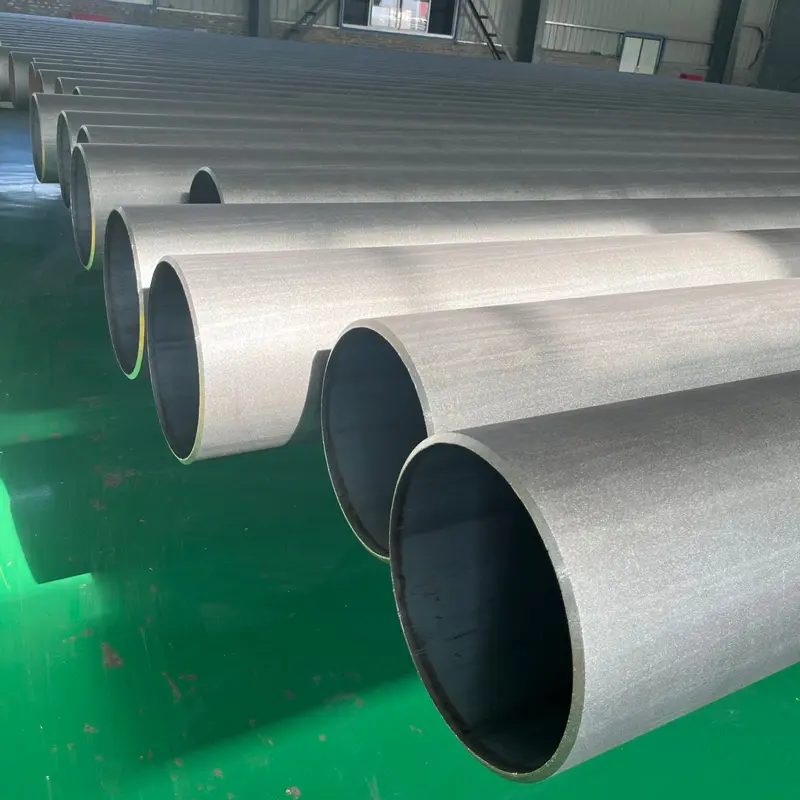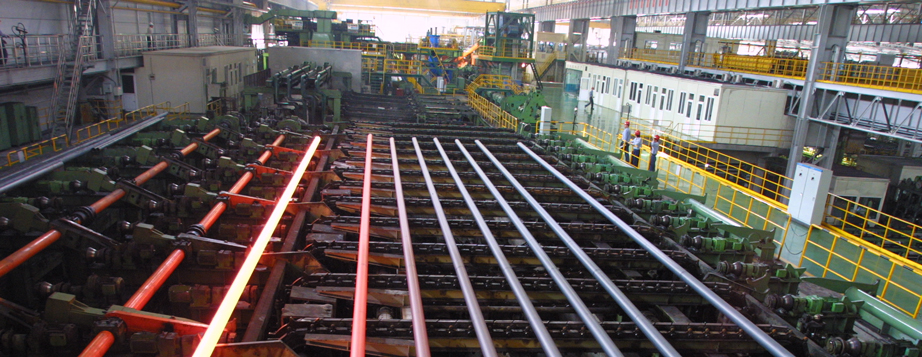Introduce:
Welcome to the world where precision meets strength – the world of welded aluminum intercooler piping. In the world of automotive performance, intercooler ducts play a vital role in increasing the efficiency and power of turbocharged engines. The process of welding aluminum intercooler piping requires exceptional skill, precision and understanding of the material in order to achieve the desired result. In this blog, we will explore the intricacies of welding aluminum intercooler tubes, focusing on the techniques, challenges and advantages associated with this important automotive component.
The Importance of Welding Aluminum Intercooler Piping:
Aluminum is the material of choice for intercooler piping due to its excellent thermal conductivity, durability and light weight. Welding aluminum intercooler pipes is a key process that determines the efficiency and reliability of the entire intercooler system. Precise and skilled welding ensures an airtight connection, preventing leaks that could compromise the performance and overall functionality of the engine. Plus, effective welding reduces pressure drop, allowing for better airflow and improved engine response.
Welded Aluminum Intercooler Piping Technology:
1. Tungsten Inert Gas (TIG) Welding: The TIG welding process utilizes a tungsten electrode to create an arc that melts the aluminum substrate and filler rod to form the desired weld. TIG welding ensures high quality, clean and aesthetically pleasing welds, making it the first choice for aluminum intercooler piping.
2. Proper preparation: Before welding, it is critical to ensure that the aluminum surface is clean and free of any contaminants such as grease, oil or dirt. Proper preparation, including cleaning, degreasing and removing any oxide layers, will ensure optimum weld quality and reduce the chance of defects.
3. Welding Technique: When welding aluminum intercooler piping, it is critical to use a consistent welding technique. Skilled welders must maintain ideal arc length, speed of travel, and heat control to avoid overheating or overheating the aluminum, which can result in weak or porous welds.
Challenges and Solutions:
Welding aluminum intercooler piping presents unique challenges due to the material’s high thermal conductivity and ease of deformation. Such challenges can be mitigated by:
1. Preheating: Preheating the aluminum helps reduce the risk of cracking and deformation during welding. By heating the material to a specific temperature before welding, the welder ensures better heat distribution, resulting in a more stable and reliable weld.
2. Backflushing: Aluminum is highly reactive to oxygen, which can cause weld oxidation and porosity. Backpurging is the process of filling the interior of the pipe with an inert gas during welding to prevent oxidation and ensure a clean and strong weld.
Advantages of Welded Aluminum Intercooler Piping:
1. ENHANCED ENGINE PERFORMANCE: Welded aluminum intercooler piping allows for better airflow, reduces pressure drop and increases engine efficiency and power. The result is increased horsepower and torque for improved overall performance.
2. Lighter weight: Aluminum is much lighter than other metals and helps reduce the weight of your vehicle. By using welded aluminum intercooler piping, manufacturers can reduce weight while maintaining structural integrity and performance.
3. Durability and Longevity: Good welds on the aluminum intercooler pipes ensure an airtight connection, minimizing the risk of leaks and maintaining consistent performance throughout the life of the vehicle.
In conclusion:
The art of welding aluminum intercooler piping is a precise and intricate process that requires a high level of skill and understanding. By employing the right techniques, overcoming the challenges, and leveraging the benefits of aluminum, welders can unlock the true potential of an intercooler system. With precision and dedication, these artisans contribute to the advancement of the car’s performance and ultimately the overall driving experience.
Post time: Aug-30-2023


